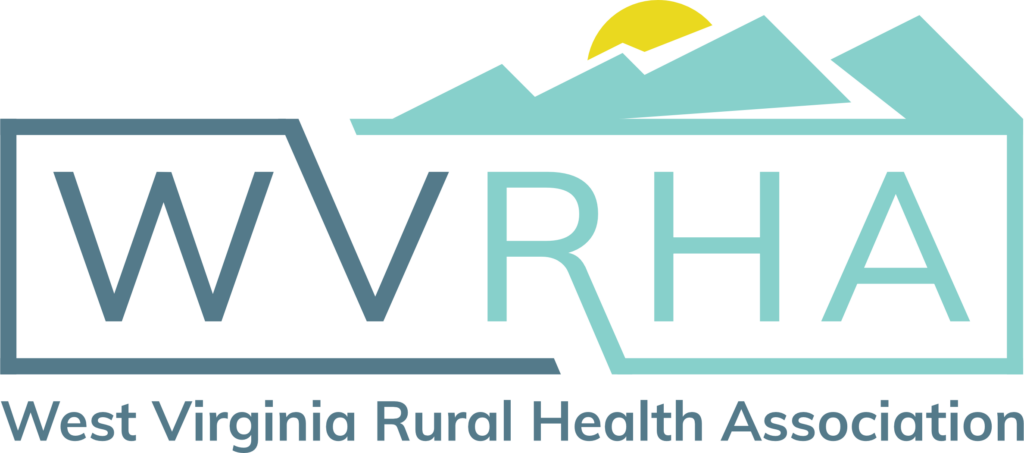
Health Center Workforce Well-being Initiative
Health Center Workforce Well-being Initiative
A thriving health care workforce ensures the health of people and of communities. Burnout among health care workers is a significant concern. Changes in the health care environment are increasing that concern:
- Staffing shortages
- Increased working hours and workloads
- Violence against health care workers
A U.S. Surgeon General’s advisory focuses on burnout. It details goals that promote the nation’s public health. HRSA’s initiative supports those goals.
By supporting workforce well-being at health centers we hope to:
- Promote access to and quality of care for patients.
- Increase health center workforce recruitment and retention.
We’ll do this by:
- Surveying health centers to better understand workforce well-being, job satisfaction, and burnout
- Using the data to address workforce well-being at health centers
- Developing national strategies for improvement
- Delivering targeted technical assistance
- Disseminating evidence-based practices
HRSA is working with a contractor, John Snow, Inc. (JSI), on this effort. Any messages you receive from JSI about the Workforce Well-being Survey are sent on HRSA’s behalf.
Health Center Workforce Well-being Survey
HRSA expects to administer the survey in the fall of 2022. It will go to all HRSA-supported health centers. We hope that all full- and part-time staff will take the survey. Survey completion is voluntary. HRSA-funded health centers can use H80 grant funds for staff time to complete the survey.
Results will provide baseline information about the health center workforce. They will describe well-being, job satisfaction, and burnout. The insights we gain will fuel change at national, state, and local levels. They will inform technical assistance and quality improvement strategies.
Measures of Workforce Well-being
HRSA’s survey will examine the following four measures of workforce well-being.
- Job satisfaction: Sense of fulfillment working at the health center
- Engagement: Interests and connectivity to work, colleagues, and workplace
- Burnout: Feelings of emptiness, work overload, and exhaustion
- Intention to stay: Plans to stay at the health center
Use of the Results
The data will inform HRSA’s program and policy development and training and technical assistance development. We will also share information with our technical assistance partners.
We will analyze data at state, regional, and national levels. We will do comparisons along other metrics (e.g., health center size, staffing, and provider type, etc.).
Each health center will receive a dashboard of its survey data. This dashboard is for the health center to use for its own quality improvement. It will include averages of the responses for that health center. It will not include a list of survey respondents. It will not include individual responses.
HRSA will only use individual health center dashboards for targeted technical assistance. This information will not be used for funding or compliance assessments.
Within 60 Days of Survey Closure
Each health center will receive access to a dashboard. It will include a summary of the initial results for that health center. It may include comparisons to larger groups of respondents. For example:
- 35% of Health Center X’s staff are experiencing burnout.
- 45% of staff in State Y are experiencing burnout.
- 37% of all survey respondents nationally are experiencing burnout.
Within Six Months of Survey Closure
- Each health center will receive access to a dashboard. It will include a summary of the final results for that health center. It will compare those results to national, regional, and state averages.
- HRSA will share state, regional, and national dashboards with technical assistance partners. These will analyze data by job categories and demographics.
Design
These activities informed the survey design:
- Review of ~1,200 journal articles. These revealed the top contributors of burnout and low job satisfaction. They helped us establish factors that impact staff well-being.
- Listening sessions with 70+ health center staff from various workforce categories. These shed light on the dynamics that increase positive job experiences.
We checked in with health centers as we designed the survey.
- We interviewed 60+ health center staff to refine the survey questions.
- We gathered feedback from 500+ health center staff. Some helped us ensure that the data we collect means what we expect it to.
A group of more than 330 health center employees took a pilot survey online. They considered the survey’s length, usefulness, and confidentiality.
- More than 80% felt that the survey was an appropriate length. They reported that it took only about 25-30 minutes. (Health centers will be able to use H80 grant funds for staff time to take the survey.)
- More than 70% felt the survey will be “absolutely or probably useful to health centers.”
Components
We organized the survey around several topics.
- Job Characteristics
- Leadership
- Experiences and Attitudes
- Resources
- Demographics
To get more information, you can see a complete list of survey questions in the following documents:
- Health Center Workforce Well-being Survey—English (PDF – 661 KB)
- Health Center Workforce Well-being Survey—Spanish (PDF – 362 KB)
Timeline
Spring 2022
We issued a Federal Register Notice and invited comments. See the announcement in the March 22 Primary Health Care Digest
Summer 2022
The Office of Management and Budget (OMB) reviewed the survey.
JSI prepared for deployment. They set up a unique survey link for each potential respondent. (See Confidentiality for more information.)
Fall 2022 and Forward
The Office of Management and Budget (OMB) approved the survey in mid-November.
JSI will issue the survey beginning later this month (November). It will go to groups of health centers in waves over two months. This will allow JSI to better support health centers with survey administration. Once a health center receives the survey: Staff have 30 days to respond.
The survey will be deployed geographically. Health centers may receive the survey after other participating health centers in their state (maybe even on a date later than what’s listed in the table). However, all health center staff will have the same minimum time to complete the survey.
Confidentiality
Each potential survey respondent will have a unique survey link. There will be no way to associate a specific person with the results. JSI and HRSA will keep participants and answers confidential. The data will not be linked to any one person. HRSA understands that this information is private and closely held, and HRSA plans to maintain the confidentiality of this information.
Each health center will receive a dashboard of its data. This dashboard will include averages of all responses. It will NOT include:
- Names of survey respondents
- Detailed job titles or demographics that could be used to identify individuals
- Individual responses
Privacy Act Notification Statement
General
This information is provided pursuant to the Privacy Act of 1974 (Public Law 93-579), as amended, for individuals supplying information for inclusion in a system of records.
Statutory Authority
Section 330 of the Public Health Service Act (PHS), (42 USC 254b), as amended.
Purposes and Uses
The purpose of the Health Center Program is to support domestic public or private, nonprofit community-based and patient-directed organizations that provide primary health care services to the Nation’s medically underserved populations. The Health Center Workforce Well-being Survey will measure workforce well-being, satisfaction, and burnout across all health center job categories. Through this survey, staff feedback will inform HRSA’s workforce well-being initiatives and technical assistance.
Effects of Nondisclosure
Disclosure of the information sought is voluntary.
Questions?
Have questions or feedback? Share them via the BPHC Contact Form or call 877-464-4772 from 8 a.m. to 8 p.m. ET, Monday-Friday (except federal holidays).

